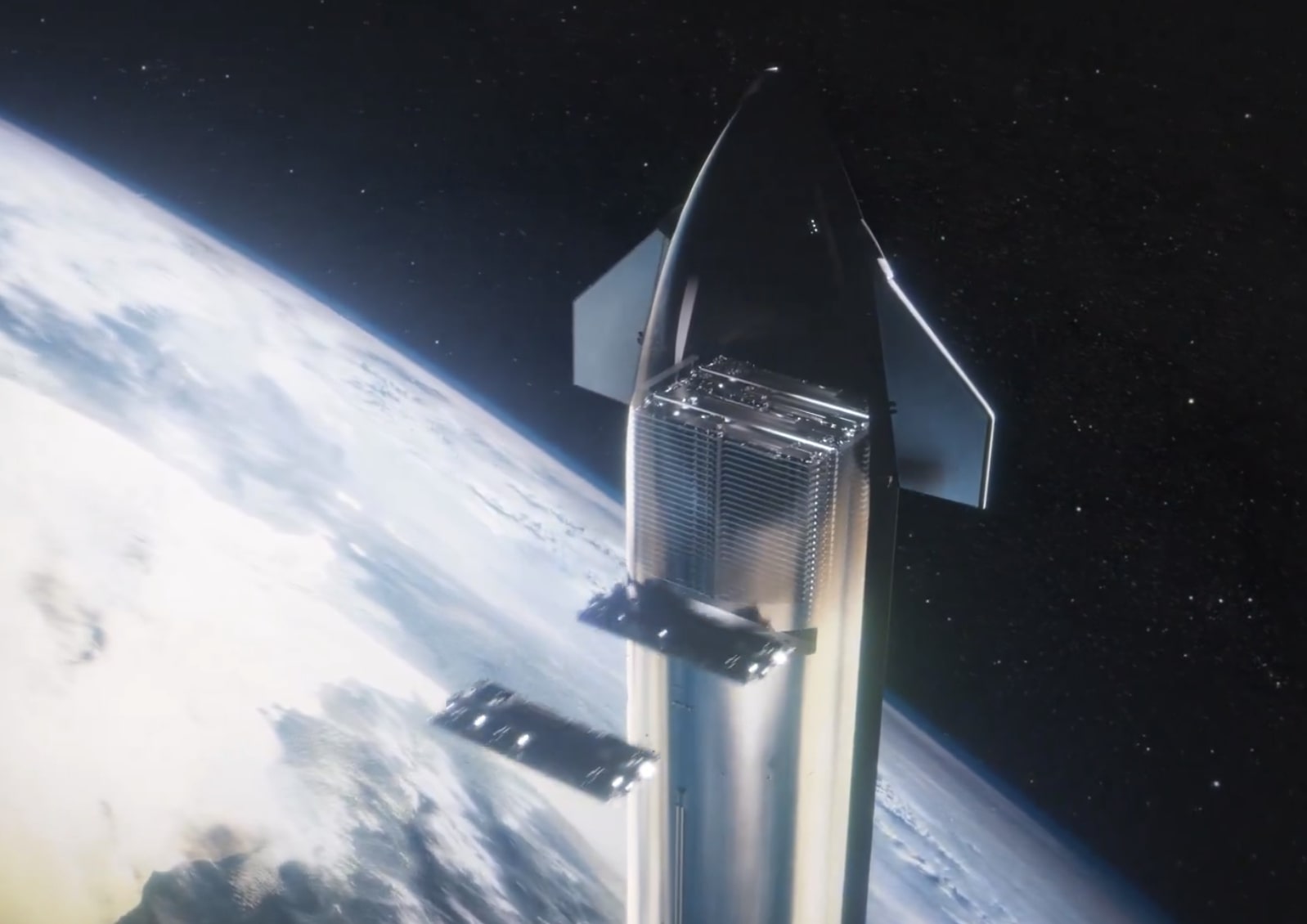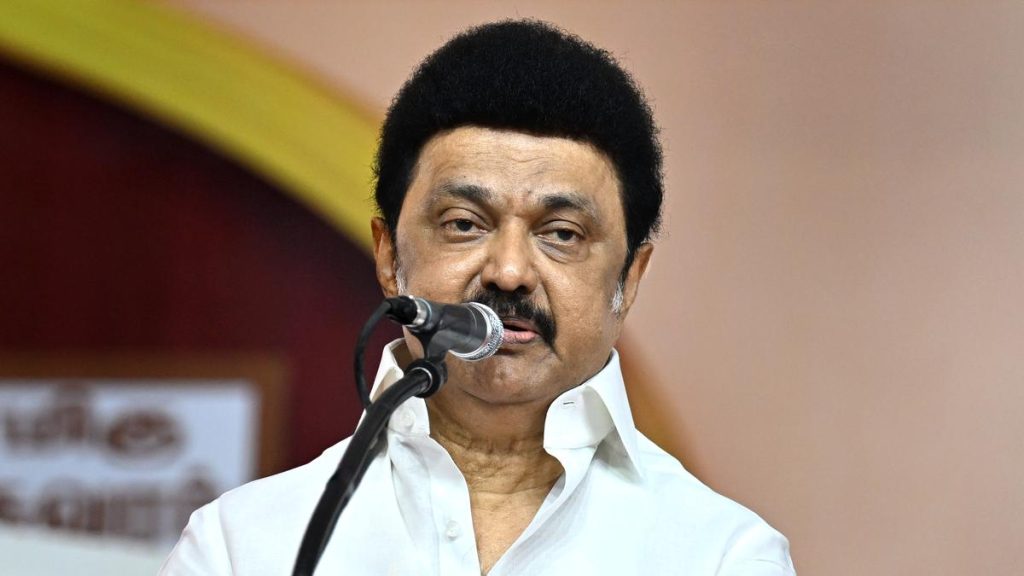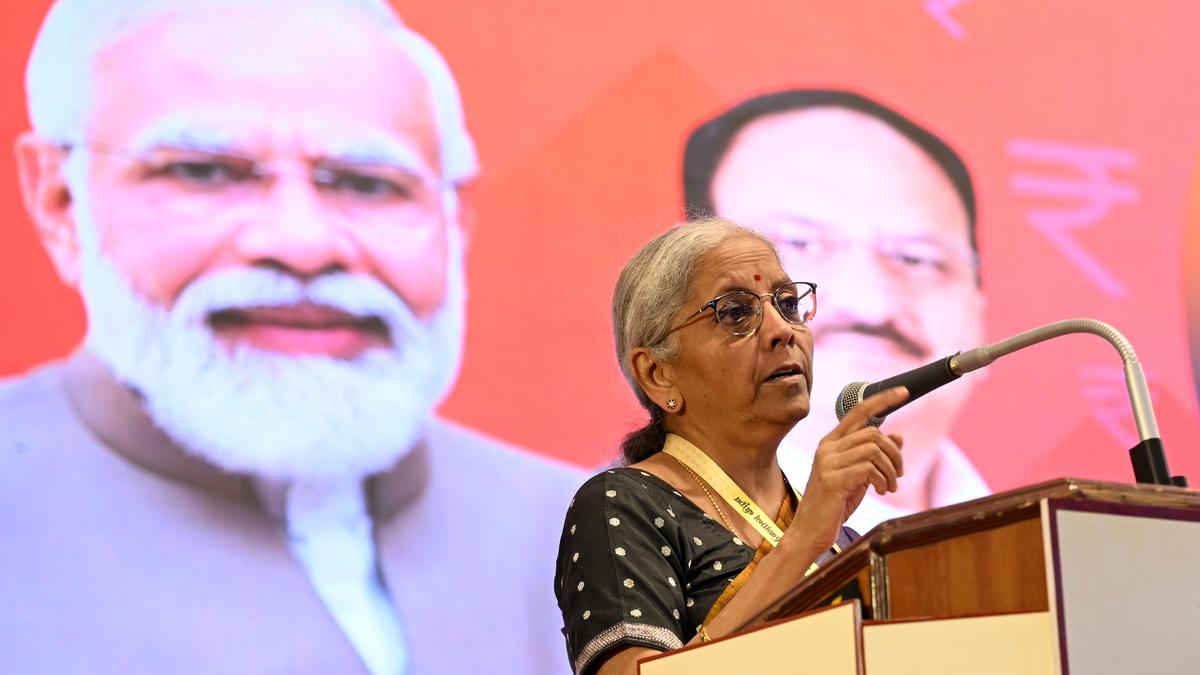Now Reading: SpaceX Unveils Plan for 15,000 V3 Starlink Satellites to Enable Direct-to-Cell Connectivity
-
01
SpaceX Unveils Plan for 15,000 V3 Starlink Satellites to Enable Direct-to-Cell Connectivity
SpaceX Unveils Plan for 15,000 V3 Starlink Satellites to Enable Direct-to-Cell Connectivity

Fast Summary
- FCC Filing: SpaceX submitted a request on september 16, 2025, for authorization to deploy up to 15,000 additional low-Earth orbit (LEO) satellites focused on enhancing its Direct-to-Cell (DTC) Starlink service.
- Purpose: The satellites aim to provide text, voice, and data connectivity directly to regular cell phones without need for terrestrial towers using the MSS spectrum acquired from EchoStar in a $17 billion deal.
- Technical Features:
– V3 satellites with significantly upgraded capacity: up to 1 Tbps downlink and 160 Gbps uplink per satellite.
– phased array antennas in Ku/Ka/V/E-bands enable advanced beamforming and reduced interference.
– Propagation physics address challenges of typical path loss (~160 dB at ~330 km altitude), ensuring reliable coverage for LTE/5G handsets globally.
- Deployment Plan: Satellites will operate at altitudes of ~326-335 km with inclinations around ~53°; rollout begins post-2026 using SpaceX’s Starship vehicles; full deployment by 2030.
- DTC Enhancements:
– targeting LTE-equivalent speeds (up to 100 Mbps peak).
– Current fleet (~650+ DTC-enabled satellites) supports SMS; new fleet aims for much higher throughput (~700+ Gbps per satellite), scaling total capacity beyond petabits globally.
– Integration enables hybrid use between DTC and broadband systems within the larger network of ~44,988 Starlink V3 satellites.
For full details, click here.
Indian Opinion Analysis
SpaceX’s efforts suggest advancements in satellite-based telecommunications that could address persistent issues like connectivity gaps in rural or remote areas across India. india’s dependence on terrestrial networks has left certain regions underserved despite government-led initiatives such as Digital India.The scalability of such large-scale constellations might complement domestic policies aimed at bridging digital divides-especially if similar technologies are adopted locally or partnerships emerge.
However,challenges remain concerning spectrum congestion risks mentioned in the filing,which may spur regulatory scrutiny regarding orbital debris mitigation and frequency allocation among operators globally. india would need strategic measures both through international cooperation via entities like ISRO and adaptation of space-policy regulations domestically should similar models be pursued.
While promising global mobile broadband access is an admirable goal by firms like SpaceX-the operational success of this ambitious proposal depends largely upon technical reliability under India’s harsh weather conditions and also alignment with national interests considering competitive markets already involving home-grown players testing satellite-compatible cellular modalities.
























